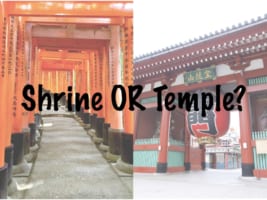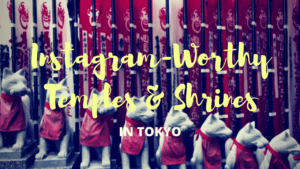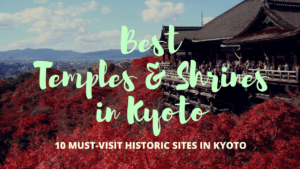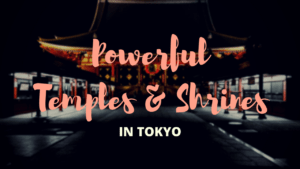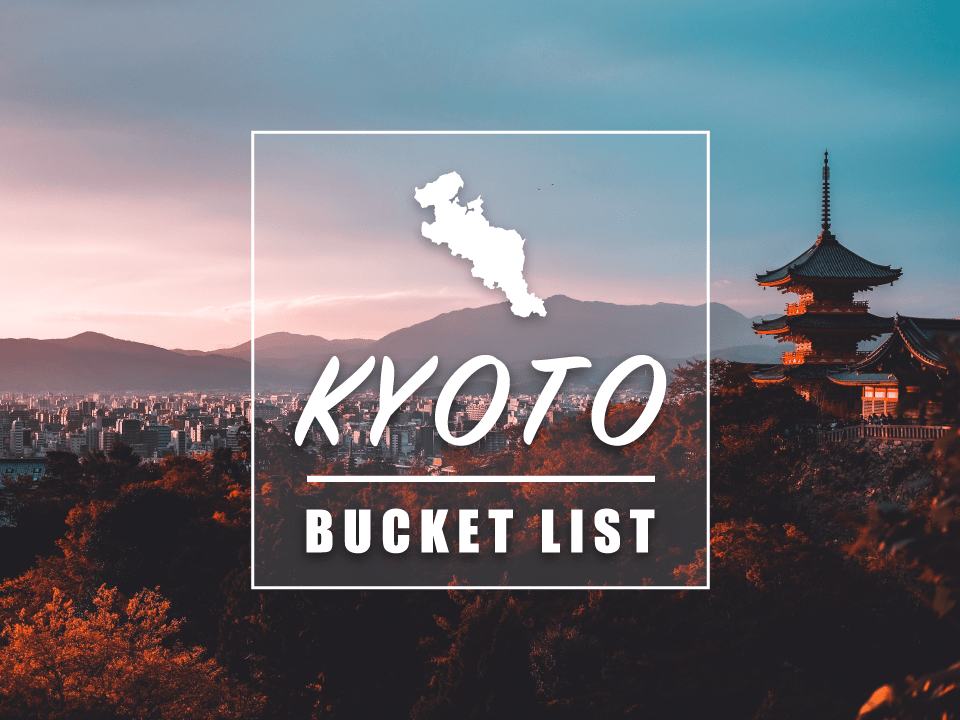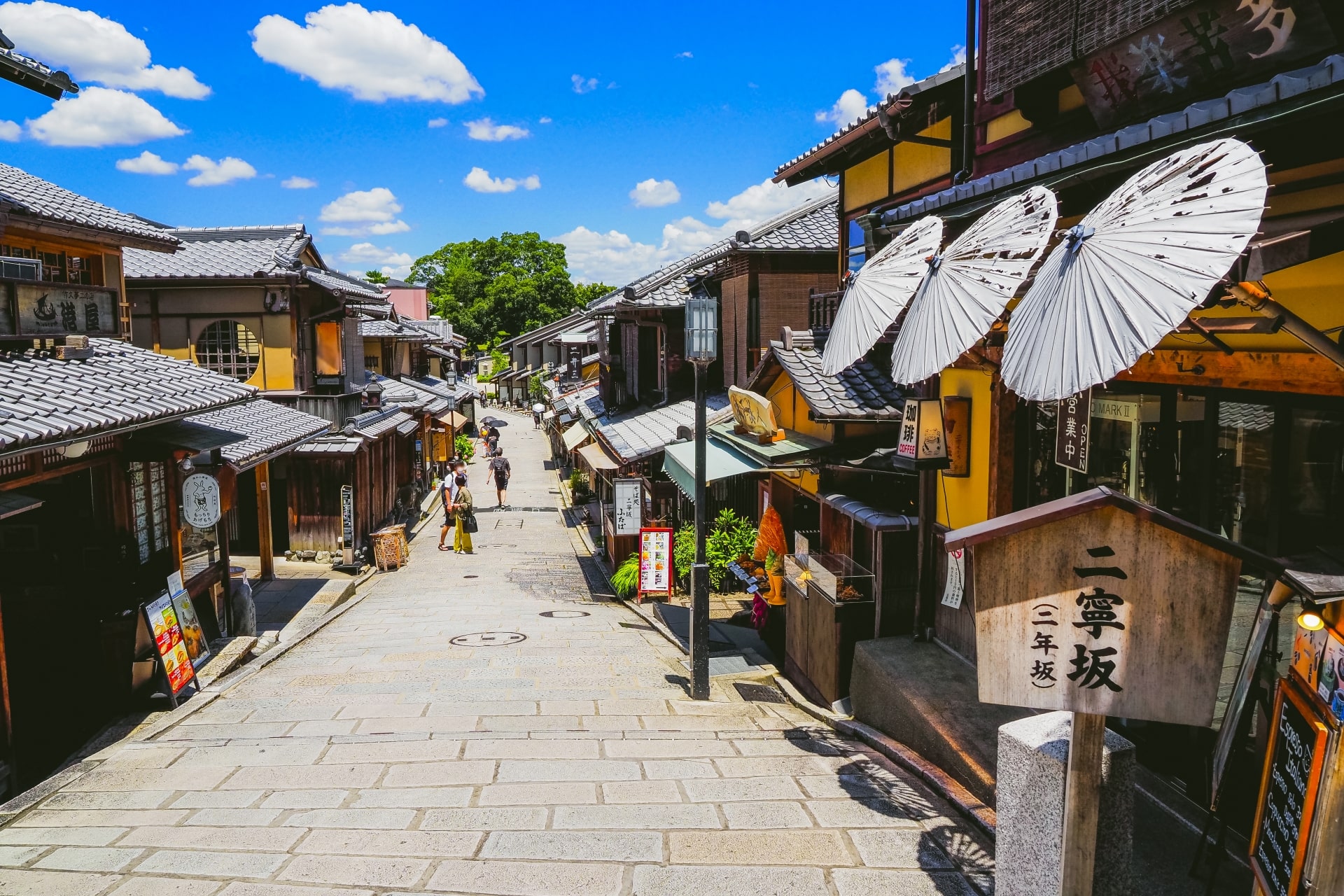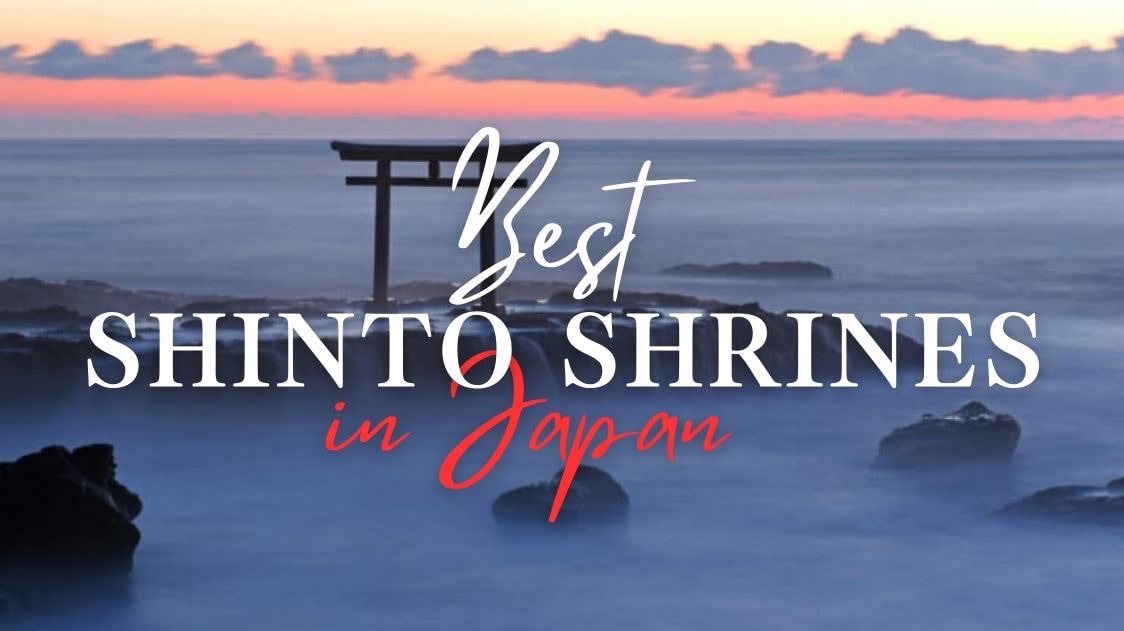Kyoto Shrine Guide: Best Shrines to Visit in Kyoto
Most Beautiful Shrines in Kyoto: Fushimi Inari Taisha, Heian Shrine and more
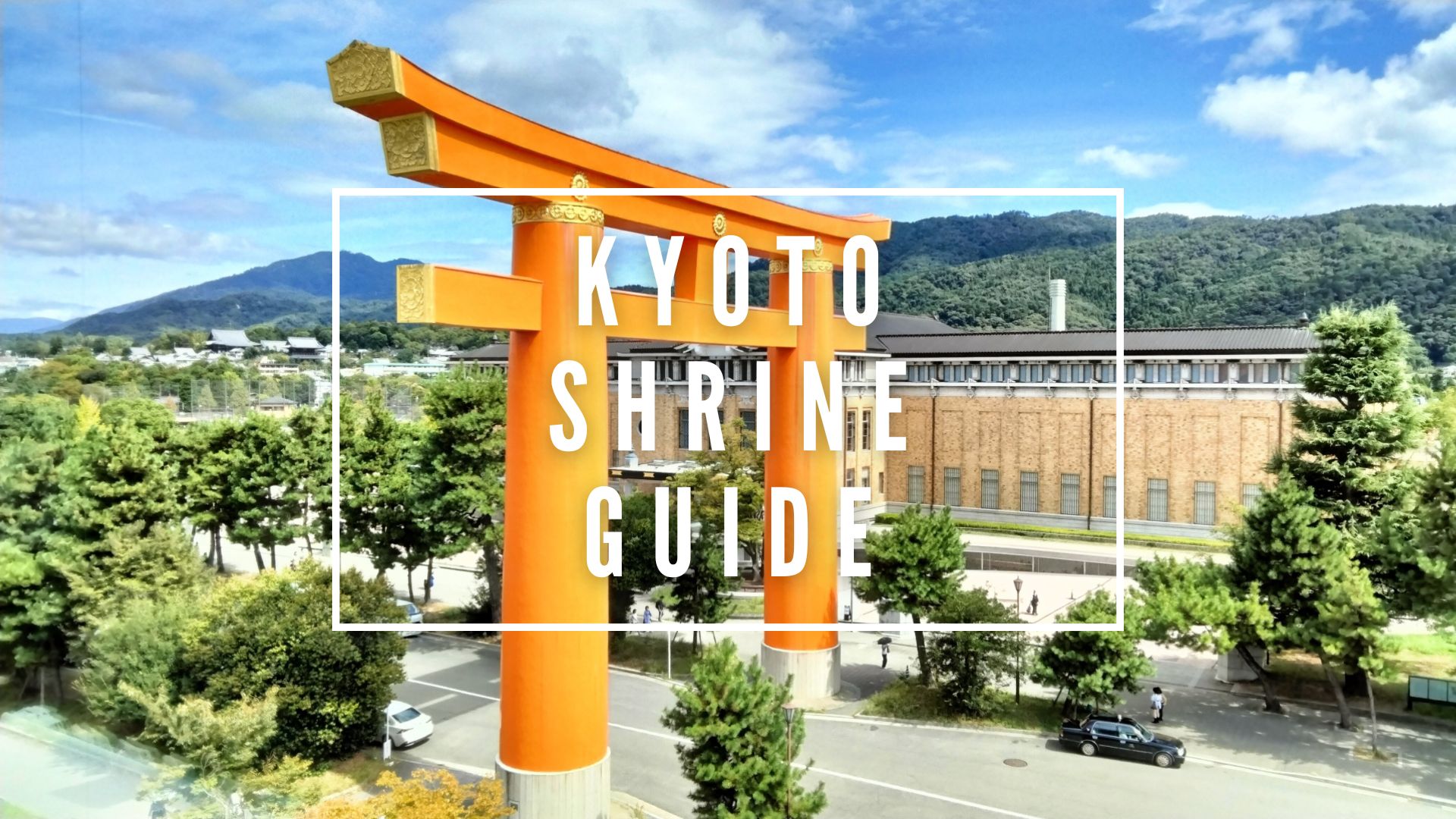
Kyoto, the heart of Japan’s cultural heritage, is home to an array of ancient shrines, each one with its own history and spiritual significance. From the thousands of vermilion torii gates at Fushimi Inari Taisha to the peaceful grounds of Shimogamo Shrine, these sacred sites offer a glimpse into Japan’s religious heritage and architectural ingenuity.
While visiting them, you can explore architectural marvels, participate in timeless festivals, and immerse in the beauty of these spiritual sanctuaries. Each shrine tells a unique story of devotion, artistry, and community, and Kyoto’s history make it a prime destination for those seeking to experience some of the best shrines that Japan has to offer.
So if you need help to narrow down what are the Shrines that you definitely shouldn’t miss, you’re at the right place!
Check also: Kyoto Temple Guide: Best Temples to Visit in Kyoto
1. Kifune Shrine
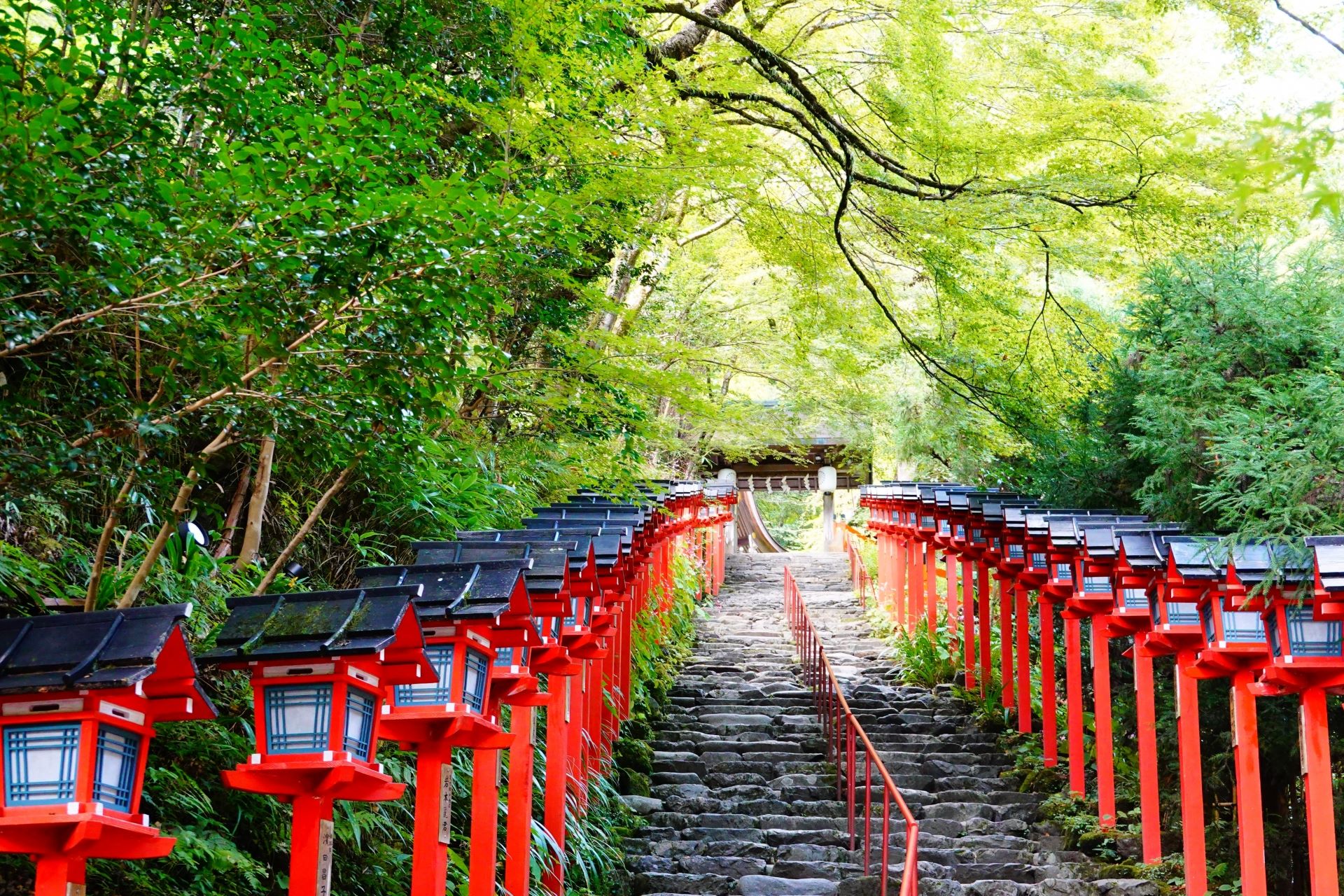
The shrine is known for unique practices such as mizuura mikuji, where fortunes are revealed by water-soaked papers. Its connection to water and its impact on agriculture and daily life is celebrated throughout the year with various rituals, including the popular Kifune Water Festival. Surrounded by lush scenery that transforms spectacularly with the seasons, Kifune attracts both locals and tourists seeking blessings and peace.
More info: Kifune Shrine: New Travel Destination in Kyoto
2. Heian Shrine
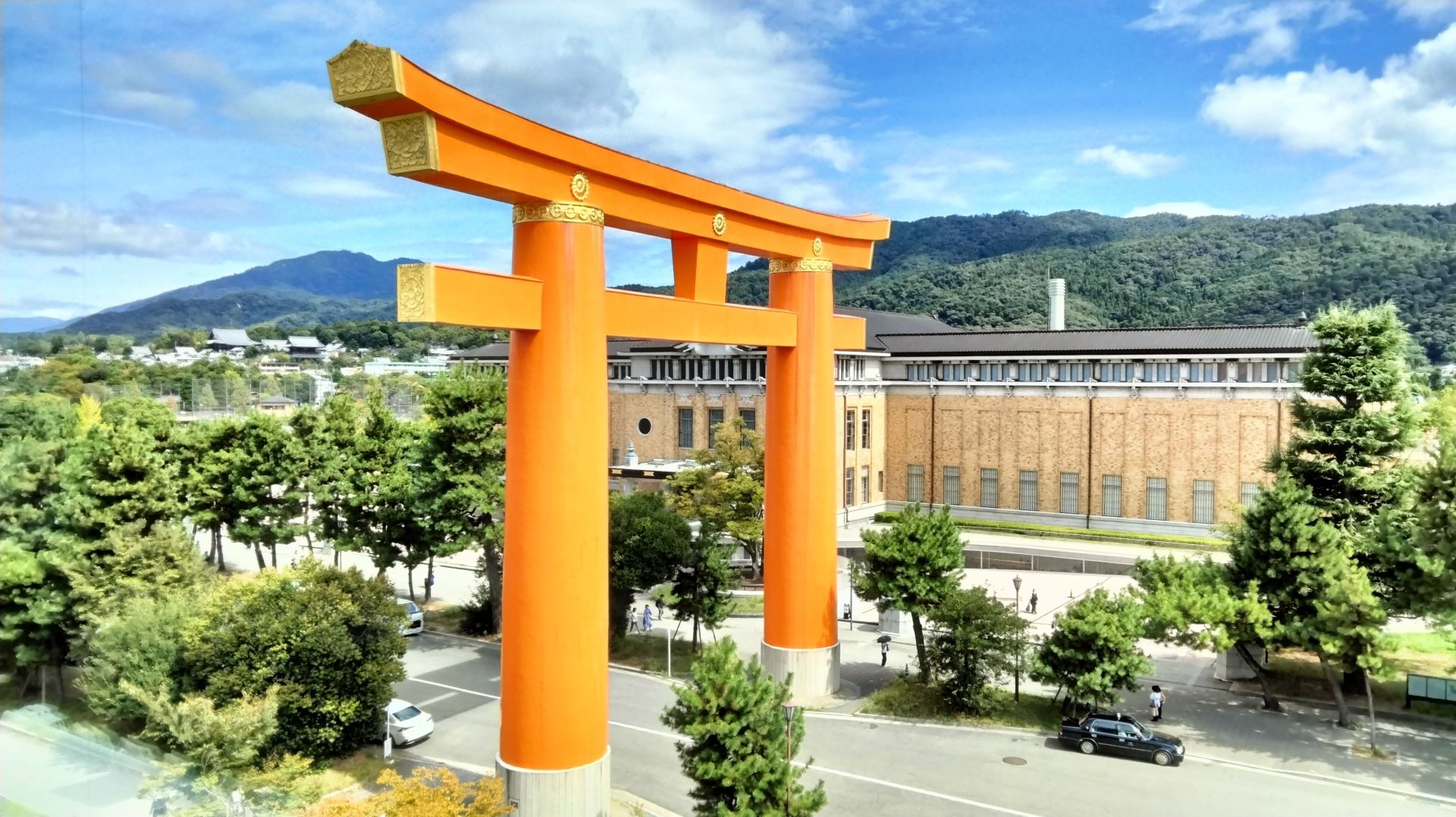
The shrine hosts the Jidai Matsuri, one of Kyoto’s grandest festivals, showcasing historical costumes and cultural heritage. It serves as a popular venue for Shinto weddings and cultural events, offering a blend of tradition and community activities that attract both locals and tourists alike.
More info: Heian Shrine: Kyoto’s Best Weeping Cherry Blossom Spot
3. Fushimi Inari Taisha
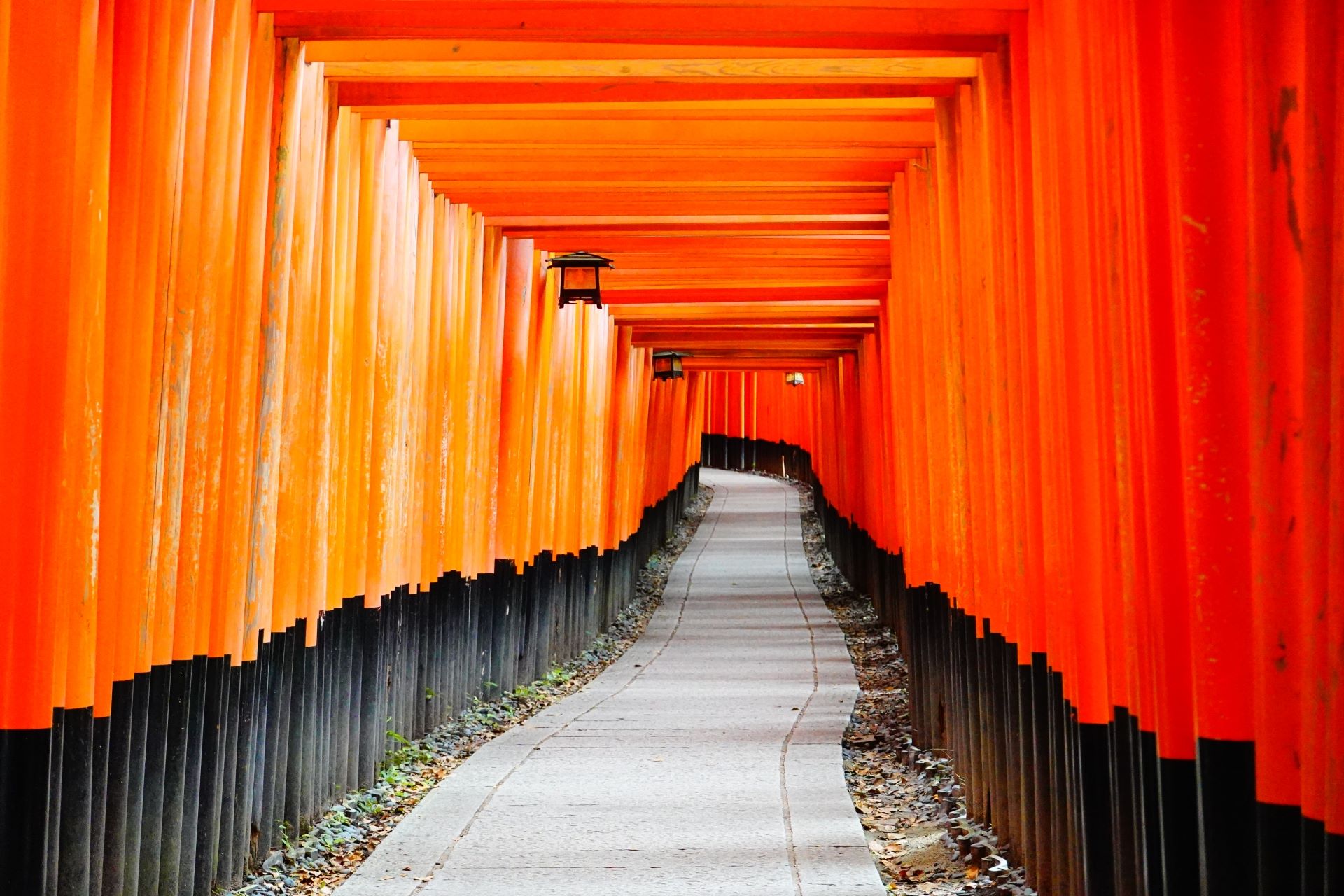
The shrine complex sprawls across the mountain and includes numerous sub-shrines, making it a vast site of worship and hiking, with trails leading up to scenic viewpoints over Kyoto. Fushimi Inari Taisha, in addition to being a religious site, is also a cultural icon, deeply intertwined with Japan’s agricultural traditions and business prosperity.
More info: Fushimi Inari Taisha: Kyoto’s Most Visited Shrine
4. Yasaka Shrine
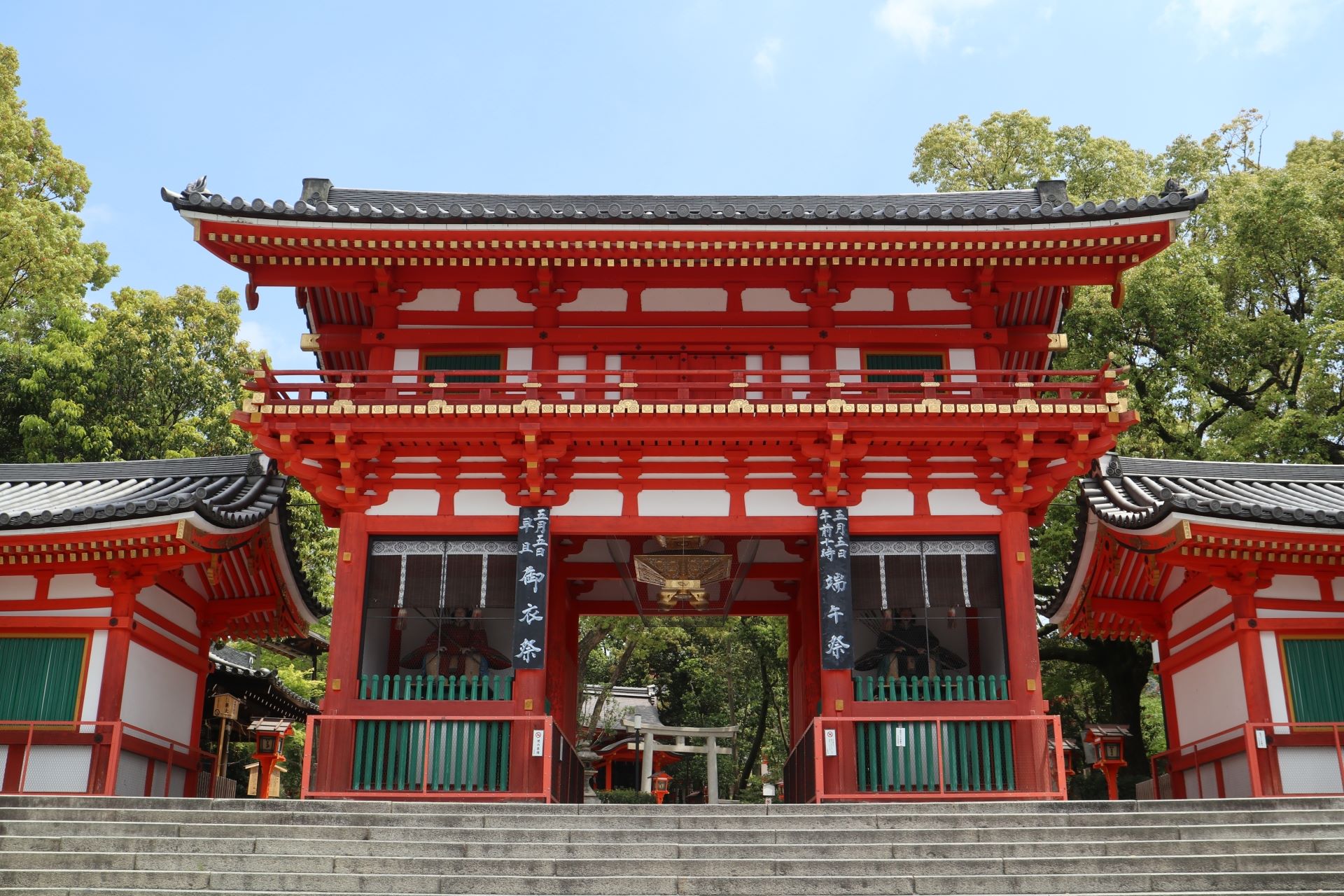
Located at the entrance to Maruyama Park, Yasaka Shrine is also a popular destination during cherry blossom season, where visitors can enjoy stunning night views of illuminated cherry trees. The shrine serves as a cultural landmark and a spiritual site for warding off bad luck, attracting countless visitors throughout the year.
More info: Yasaka Shrine: The Spirit of Gion
5. Hirano Shrine
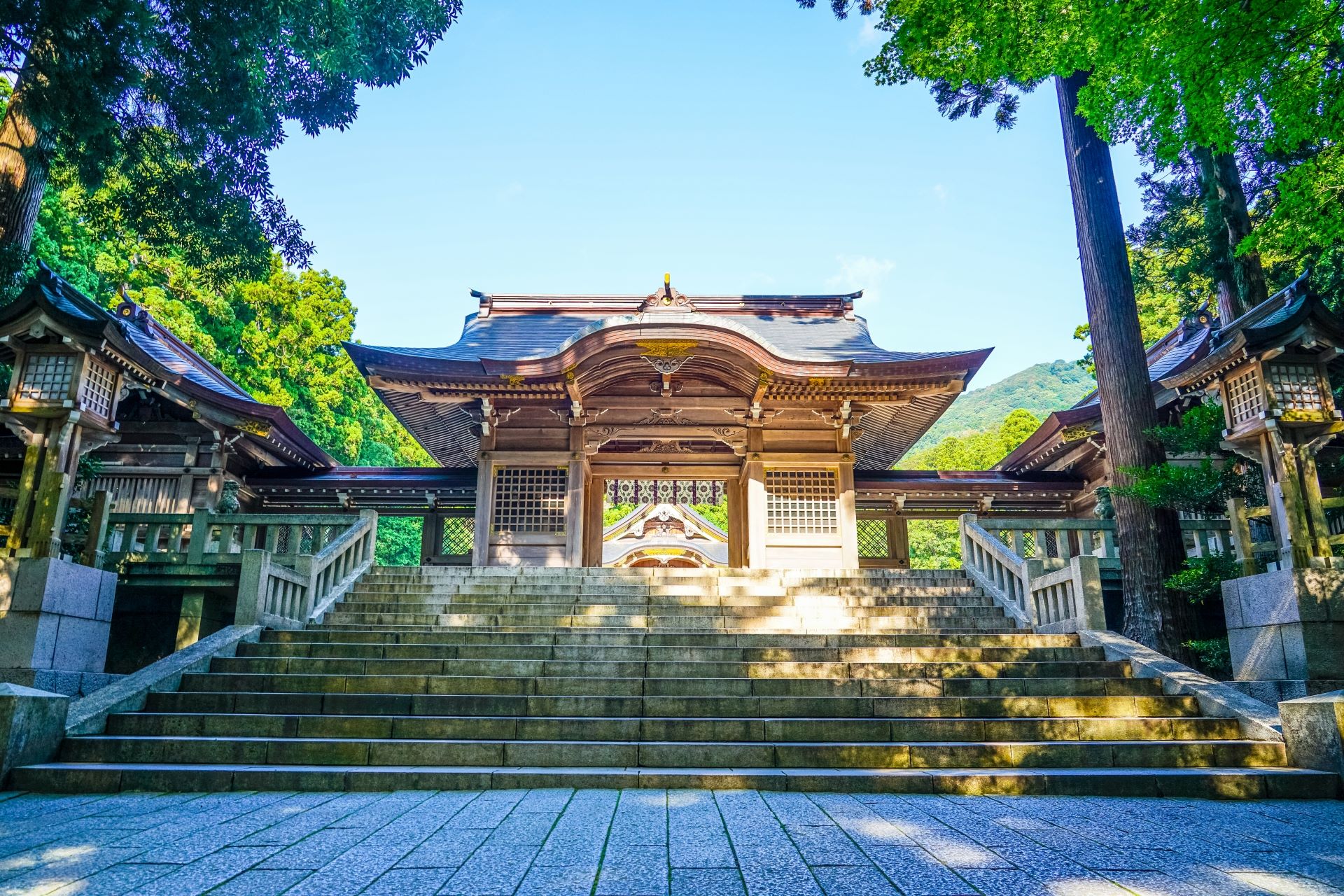
This festival not only showcases the stunning floral beauty but also includes a historic procession, enhancing the cultural experience. Located in northwest Kyoto, Hirano Shrine is a celebrated spot for both daytime and nighttime cherry blossom viewing, providing a picturesque setting that combines natural beauty with historical significance.
 Access Access |
8-min walk from Kitano Hakubai-Cho Station |
|---|---|
 Official Website Official Website |
https://www.hiranojinja.com/ |
6. Kitano Tenmangu Shrine

The shrine also hosts a monthly flea market and a special plum blossom festival, where tea ceremonies are performed by geiko and maiko. Kitano Tenmangu’s cultural and educational significance, coupled with its soothing environment, makes it a must-visit destination in Kyoto for both spiritual enrichment and historical exploration.
 Access Access |
7-min walk from Kitano Hakubai-Cho Station |
|---|---|
 Official Website Official Website |
https://www.kitanotenmangu.or.jp/ |
7. Kamigamo Shrine

Kamigamo Shrine is nestled on the banks of the Kamo River, surrounded by a pristine environment that includes a unique feature of two sand cones, known as tatesuna, symbolizing purity and renewal. The shrine complex is a cultural treasure, featuring architecture that is complemented by the surrounding landscape, inviting peace and reverence.
8. Shimogamo Shrine
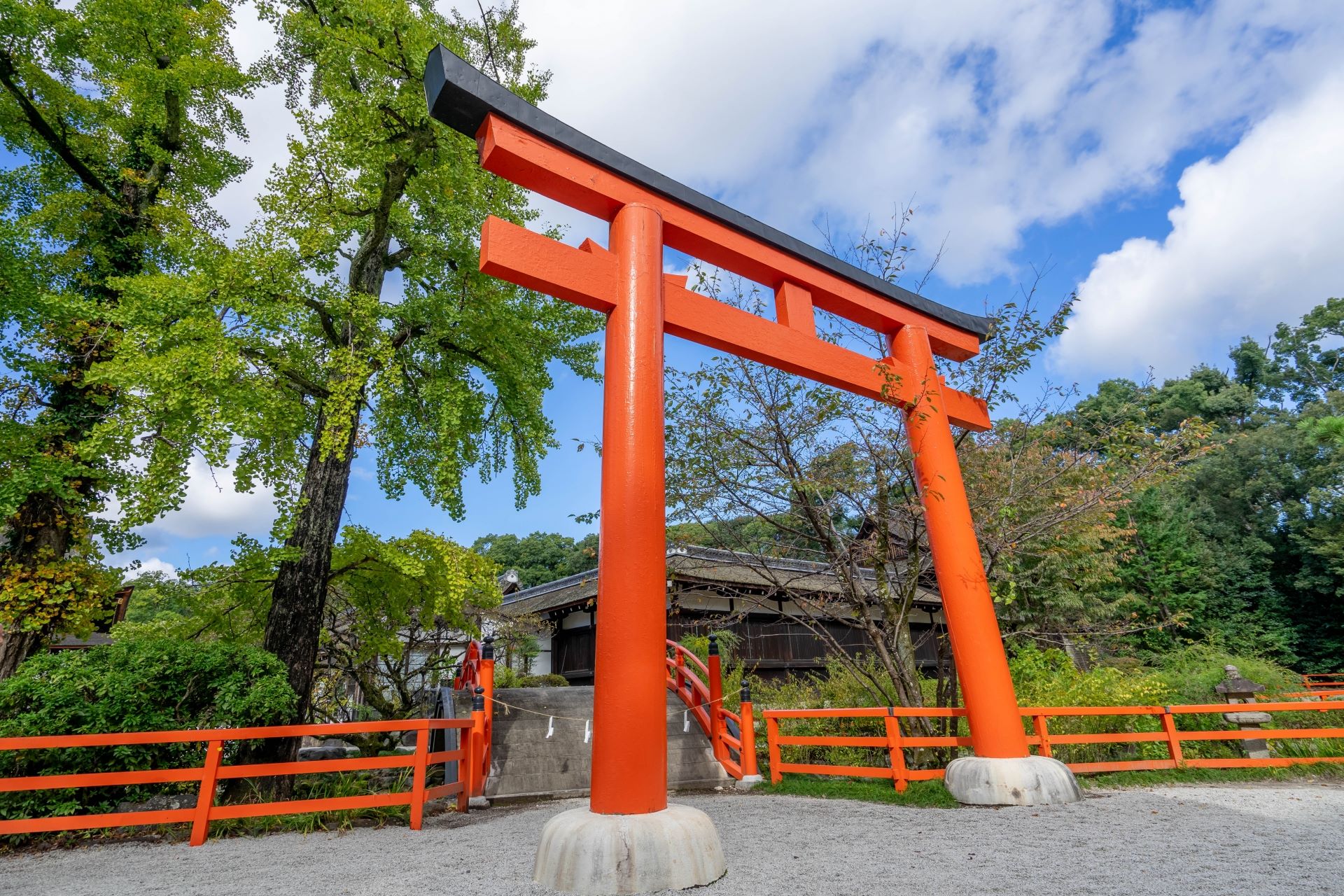
Shimogamo is renowned for hosting the Aoi Matsuri every May 15th, a spectacular festival that showcases a procession from the Imperial Palace to the shrine, celebrating the season’s new growth with elaborate rituals and traditional dress. The shrine’s architectural elements, such as the striking vermilion gates and the iconic taikobashi bridge over the Mitarashi stream, add to the serene and historic atmosphere, making it a spiritual and cultural haven in Kyoto.
 Access Access |
11-min walk from Mototanaka Station |
|---|---|
 Official Website Official Website |
http://www.shimogamo-jinja.or.jp/ |
▽Subscribe to our free news magazine!▽
For more information about traveling in Japan, check these articles below, too!
▽Related Articles▽
▼Editor’s Picks▼
Written by
Photographer, journalist, and avid urban cyclist, making sense of Japan since 2017. I was born in Caracas and lived for 14 years in Barcelona before moving to Tokyo. Currently working towards my goal of visiting every prefecture in Japan, I hope to share with readers the everlasting joy of discovery and the neverending urge to keep exploring.





